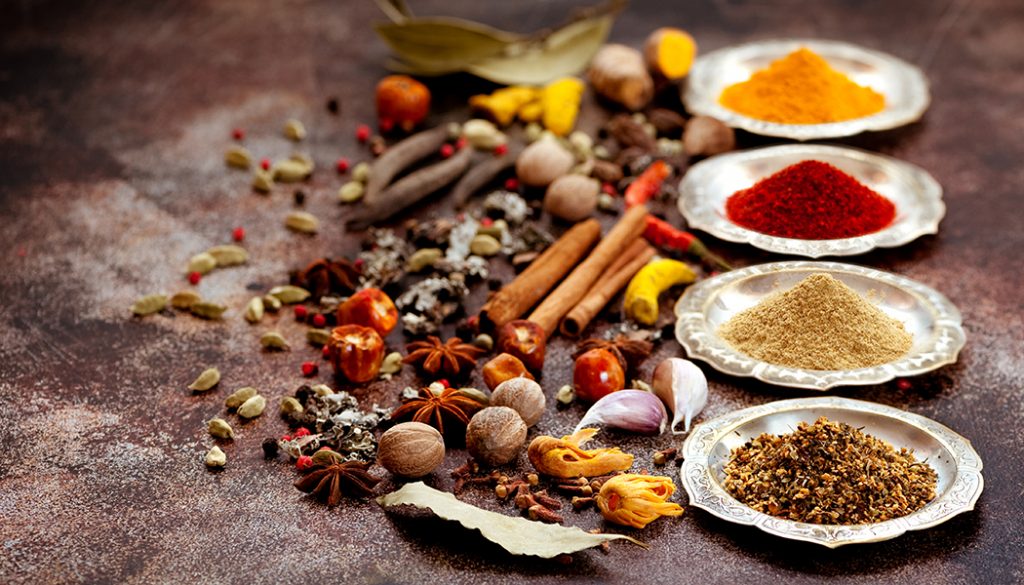The spice trade is one of the oldest and most influential forms of commerce in human history. From ancient caravan routes crossing deserts to maritime empires navigating perilous sea passages, spices have shaped economies, sparked exploration, and even triggered wars. Today, the global spice trade continues to thrive, supported by increasing demand for natural flavorings, growing health consciousness, and expanded global cuisine markets. This essay delves into the economics of the spice trade, examining key market trends, major players, emerging opportunities, and the challenges that stakeholders face in this dynamic industry.
Historical Context and Economic Significance

The spice trade has its roots in antiquity, dating back thousands of years to when spices like cinnamon, pepper, cardamom, and cloves were more valuable than gold. Traders from the Arabian Peninsula, India, and Southeast Asia transported these precious goods across vast distances to the markets of Europe, where they were used for cooking, preservation, medicine, and religious rituals. The economic value of spices was so significant that it spurred the Age of Exploration, led by European powers seeking direct access to spice-producing regions.
Fast forward to the 21st century, spices remain economically vital—not only as essential kitchen staples but as ingredients in health supplements, cosmetics, and pharmaceuticals. The global spice market is valued at over $25 billion as of 2024 and is projected to grow at a compound annual growth rate (CAGR) of 5–6% over the next decade. This growth is driven by expanding consumer awareness, increasing disposable incomes, and the global trend toward clean-label and functional foods.
Current Market
1. Rising Demand for Organic and Natural Products
Modern consumers are increasingly focused on health and wellness. Spices like turmeric, ginger, cinnamon, and moringa are prized for their antioxidant, anti-inflammatory, and digestive properties. As a result, there is a significant rise in demand for organic and non-GMO spices, particularly in North America and Europe. Producers who can certify their spices as organic and sustainably sourced are able to command premium prices and access broader markets.
2. Growth in Ethnic and Gourmet Cuisines
Globalization and cultural exchange have led to a surge in popularity of international cuisines. Indian, Middle Eastern, Thai, and African flavors are gaining traction worldwide, increasing the demand for specific spice blends and exotic herbs. Retailers and food manufacturers are responding by offering ready-made spice mixes, meal kits, and seasonings tailored to diverse taste profiles.
3. E-commerce and Direct-to-Consumer Models
The digital revolution has transformed how spices are marketed and sold. Small producers and exporters now have access to global consumers via platforms like Amazon, Etsy, and Shopify. Niche brands that focus on storytelling, sustainability, and origin-tracing are particularly successful in capturing consumer interest online. This shift has lowered entry barriers and allowed producers from developing countries to compete in international markets more effectively.
4. Industrial Applications and Value Addition
Beyond culinary uses, spices are being incorporated into pharmaceuticals, cosmetics, and nutraceuticals. For instance, curcumin from turmeric is used in supplements for joint health, while essential oils from spices are used in aromatherapy and skincare. This diversification presents a major economic opportunity for spice processors and exporters who invest in value-added products.
Major Producing and Exporting Countries

The global spice market is dominated by several key players:
- India is the world’s largest producer and exporter of spices, accounting for over 70% of global turmeric, 60% of chili, and 25% of cumin exports.
- Vietnam leads in black pepper production and exports, serving both bulk and specialty markets.
- China, Indonesia, and Egypt are also significant contributors, particularly in ginger, garlic, and herbs like basil and chamomile.
These countries benefit from favorable climates, low production costs, and established infrastructure. However, competition is increasing as more countries invest in spice cultivation and processing.
Emerging Markets and Opportunities
1. Africa’s Potential
Several African countries—including Ethiopia, Tanzania, and Madagascar—are beginning to emerge as notable spice producers. With investments in quality control, certification, and logistics, these regions have the potential to become major suppliers of niche and organic spices like cardamom, cloves, and vanilla.
2. Specialty and Premium Segments
Artisanal and single-origin spices are gaining traction among chefs and gourmet food enthusiasts. Consumers are willing to pay more for spices that are hand-harvested, wild-foraged, or produced through traditional methods. Countries and brands that can authenticate origin and promote fair trade practices stand to gain a competitive advantage.
3. Private Label and Custom Blends
The rise of private labeling offers spice producers the chance to cater directly to supermarkets, restaurants, and health food stores. Offering customized spice blends and packaging solutions can increase margins and brand visibility in foreign markets.
4. Sustainability and Climate-Resilient Agriculture
As climate change affects traditional spice-growing regions, there is a growing emphasis on sustainable and resilient farming practices. Exporters who support regenerative agriculture, reduce pesticide use, and minimize carbon footprints are likely to find favor with both regulators and consumers.
Summary
The economics of the spice trade are evolving rapidly, shaped by global consumer trends, technological advancements, and shifting geopolitical dynamics. While traditional spice-producing countries continue to dominate the market, new players and innovative business models are challenging the status quo. For exporters and entrepreneurs, opportunities abound—especially in organic certification, value addition, specialty branding, and digital marketing. However, capitalizing on these opportunities requires investment in quality assurance, sustainability, and adaptability to global market demands.
In essence, the spice trade remains not only a link to the world’s cultural and culinary heritage but also a vital economic engine with immense potential in the modern global economy. Those who can balance tradition with innovation are best positioned to lead in this vibrant and flavorful industry.
